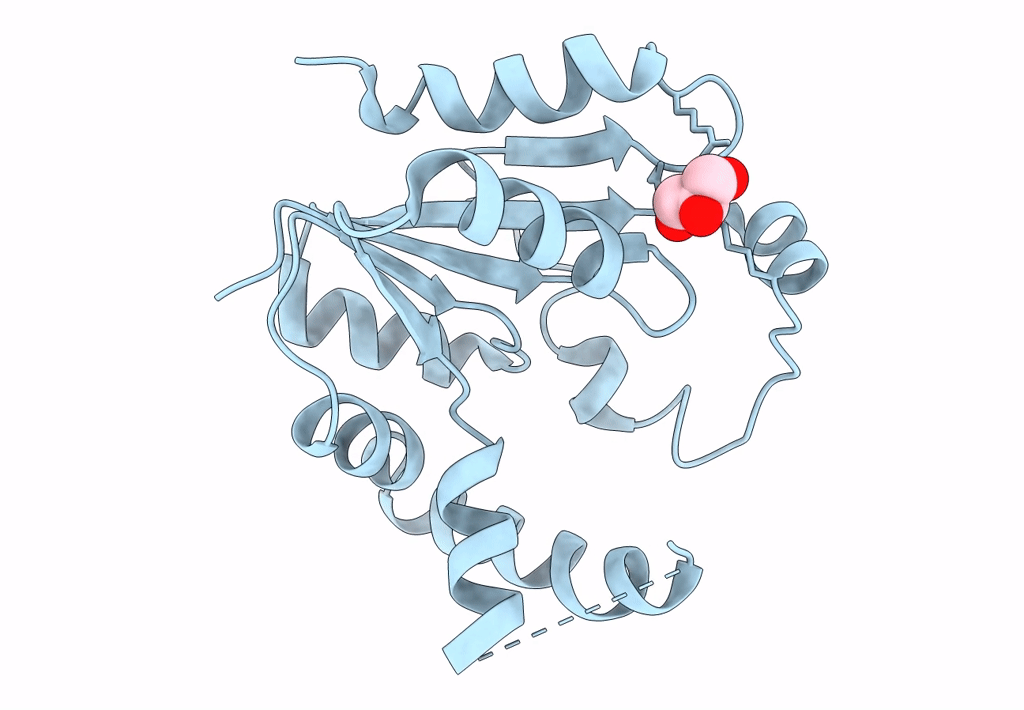
Deposition Date
2022-04-28
Release Date
2023-05-03
Last Version Date
2023-11-29
Entry Detail
PDB ID:
7XND
Keywords:
Title:
Crystal structure of Phosphomevalonate kinase from Silkworm
Biological Source:
Source Organism:
Bombyx mori (Taxon ID: 7091)
Host Organism:
Method Details:
Experimental Method:
Resolution:
1.60 Å
R-Value Free:
0.24
R-Value Work:
0.20
Space Group:
P 43 21 2


